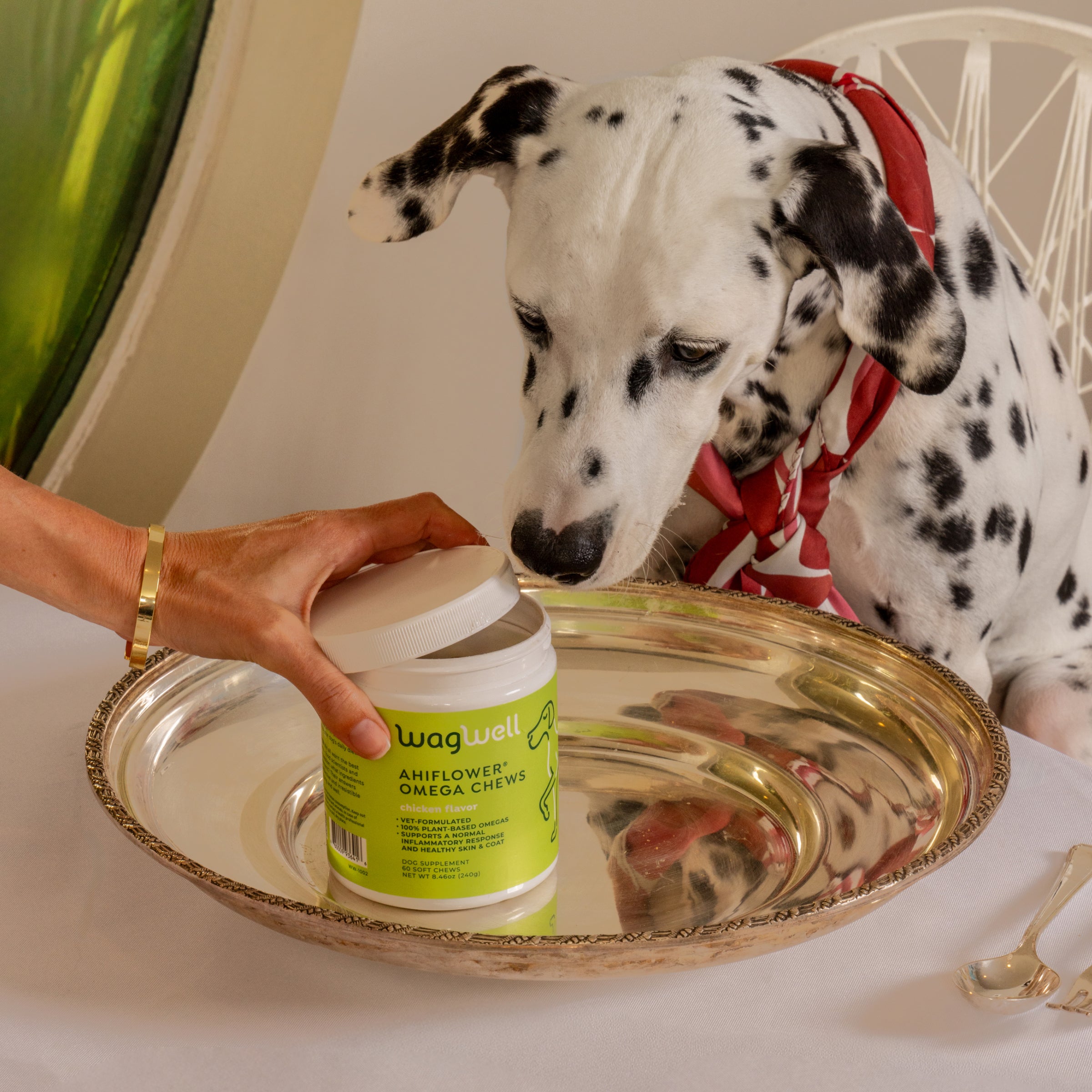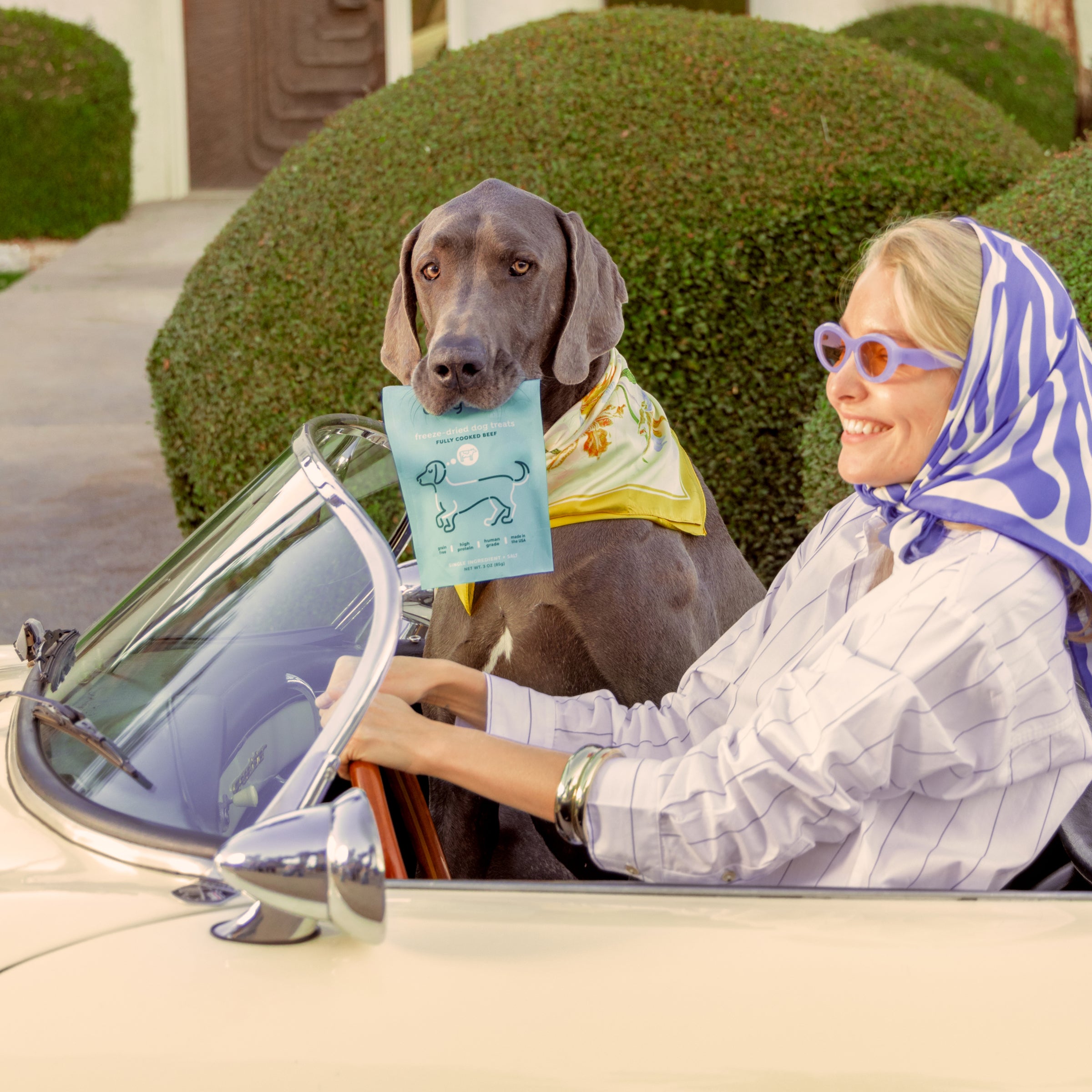Whether you are considering adopting a new dog or already have one, it’s never too late to set your fur baby up for success. Whether you’re a first-time or a long-time dog owner, it is difficult to be up-to-date on all the tips and tricks. Remember, you are not the first person to experience what you’re facing. There are many options to provide your dog with the best chance at success.
Don’t Adopt A Dog On A Whim
Dogs require a lot of effort. Many first-time dog parents aren’t aware of the time commitment and sacrifices needed to give their new family member the best life they can get.
In a similar vein, adopting or purchasing a puppy based on looks alone can lead to compatibility issues down the road. Adopting one that fits your lifestyle is detrimental to ensuring your future dog’s quality of life. Adopting a shepherd or retriever when you don't enjoy walking miles each day or adopting a bulldog or toy breed when you DO enjoy walking many miles is not a good idea.
Give Your New Shelter Dog Enough Time to Adjust.
Congrats! You adopted one of the millions of loving shelter dogs, but chances are they could have a past rooted in trauma. As amazing as shelters are, they are overflowed with dogs and cannot give the necessary TLC required for creating a well-rounded dog. Shelter dogs often struggle when adjusting to a new environment. Follow the 3-3-3 rule:
During the first three days in your home, your dog will likely feel out of place, scared, and anxious. They might disengage from you and hide somewhere they feel safe. It is common for shelter dogs to not eat for the first few days in their new environment.
For the first three weeks, your dog is learning their new routine and hopefully getting more comfortable. They will start displaying their true personality and have realized they’re home.
After three months, your dog will be comfortable in their home. It is important to note that the adjustment period will vary. Many dogs in shelters have unknown pasts, which makes it difficult to predict why they might act the way they do. Remember to be patient with your new dog and give them as much love as possible.
Sadly, some shelter dogs don’t receive the time to adjust. Some pet parents aren’t aware of the adjustment period and return the dog to the shelter before the dog gets a real chance to show their true selves. Around 10% of shelter dogs are returned, with a large portion being before the three months are up.
Take Them For Regular Check-Ups At The Vet

Our dogs can’t talk to us, so they can’t explicitly communicate their ailments. You should take your pet in for a routine check-up once a year; however, vets recommend bringing in senior dogs and puppies more frequently. Regular check-ups are necessary for ensuring your dog’s health is where it should be. You should talk to your vet about microchipping. If your dog already has one, ask your vet to check if your information is correct and up-to-date.
You should look into pet insurance for your dog ASAP. It is cheaper to insure a young pet or one without pre-existing conditions. If you attempt to insure your dog after the diagnosis of a pre-existing condition, you will more than likely get denied for any care regarding that diagnosis.
During the visit, your vet will mention flea, tick, and heartworm medication. Regardless of the season, always have your dog on pest-prevention medication. These pests can carry deadly or chronic diseases such as Lyme disease, Rocky Mountain Spotted Fever, and Canine Bartonellosis.
Train That Dog!
Training is not a maybe; it should be a guaranteed part of your dog’s life. Dogs require structure to be well-rounded and well-behaved animals. Not only does it provide mental enrichment, but it also keeps them safe. Basic obedience training is sufficient for these purposes.
If you want to make people jealous, try training your dog to do exciting tricks. Contrary to the popular myth, you can teach an old dog new tricks.
Aside from basic obedience training, recall is the next necessary skill. Recall has many applications that aid potentially dangerous situations. You shouldn’t let your dog off their leash in open areas without them mastering this skill.
Dog trainers recommend only utilizing positive reinforcement when training your dog. Punishing your dog for negative behaviors will not fix the issue. The constructive way to solve negative behaviors is positive reinforcement. This method will increase your dog’s confidence while teaching them what they should be doing instead of the unwanted behaviors.
Research the Foods and Treats You Provide
Slipping your dog food at the dinner table is tempting, especially when they give you puppy dog eyes. Many human foods are toxic to your furry friend and are not as well known as chocolate. The pits of stone fruits and apples contain cyanide; macadamia nuts, almonds, and pistachios are some of the most deadly to dogs; raw bread dough can cause a build-up of yeast in their stomachs and will result in a fatal condition called gastric bloat; and Allium plants such as garlic, onions, leeks, and more can severely harm your dog.
Rawhide is a popular treat that has become a solution for chewing, but it can have dangerous side effects. Rawhide is composed of the inner layer of cow and horse hides. Your dog’s stomach cannot digest this material, leading rawhide to wreak havoc on their digestive system. If not chewed properly, the rawhide treat can become lodged in their intestines and become a blockage. Rawhides also risk containing trace amounts of toxic chemicals such as Salmonella or E. Coli. Do your dog a favor and toss those rawhides!
Keep Their Ideal, Lean Figure
This section correlates to adopting a dog that fits within your lifestyle. Maintaining a lean figure and proper amounts of exercise are detrimental to your dog’s health. Sustaining a healthy weight entails following the recommended serving on the food bag or your vet’s recommendation when serving meals.
Alongside providing proper serving sizes, your dog needs regular exercise. Dogs are active creatures and require a certain amount of exercise dictated by their breed. Research your dog’s breed to see how much exercise they will need. Larger breeds typically need more exercise than smaller ones.
Rules and Expectations
One of the important aspects of dog ownership is setting rules and expectations for your dog. Dogs require structure to be well-rounded animals. They have hierarchies that dictate following the instructions of those above them. Dogs see their owners as the be-all and end-all and will follow your direction to the end of the earth. Talk with the people interacting daily with your dog to ensure you are all on the same page with your established rules.
Socialization

Socialization is necessary for all dogs but has more of an impact on puppies. Well-rounded dogs need this skill to react positively to any situation that could arise. Socialization looks different for dogs of different ages while still having the same result. Dogs over the age of 1 benefit from consistent access to other dogs and environments. Trips to the dog park or shopping at pet-friendly stores will allow your dog to experience new situations and improve their reactions to unfamiliar scenarios.
Puppies are new to the world and have limited experience with external stimuli. Socialization helps develop positive responses and coping mechanisms to unknown situations. Most sensations are an unfamiliar experience for puppies. Guiding them through any event that arises will drastically increase their confidence. Examples of necessary socialization are:
- Being around loud objects like vacuums and doorbells
- People of different ages and capabilities (young children, senior citizens, those with disabilities, those of different races and ethnicities, and more)
- People performing various activities such as throwing items, standing on furniture, using tools, etc.
- Meeting other animal species.
- Vehicles
- Different surfaces such as grass, gravel, concrete, sand, and more
Another sensation that is important to acclimate your puppy to is grooming. Many dogs despise having their feet, ears, and bellies touched and tend to react negatively to groomers. You should desensitize your puppy by frequently touching these areas. Not only will this benefit you, but it will also make your groomer’s life easier.
Some Important Things For You to Remember
It is never too late to research proper care for your dog; the fact that you’re reading this is a great sign. Research on how to care for a dog is never-ending, as new research consistently challenges previously held beliefs about dog ownership. Staying informed and adapting your approach to the latest information ensures you provide the best care for your furry friend. This commitment to ongoing education will strengthen your bond.
Dogs are more challenging than you might think. They require lots of time and work to become a well-rounded pup. Repetition will be your best friend when teaching your dog how to understand you. You should never fault your dog if they don’t understand the first time you ask them to do something.


